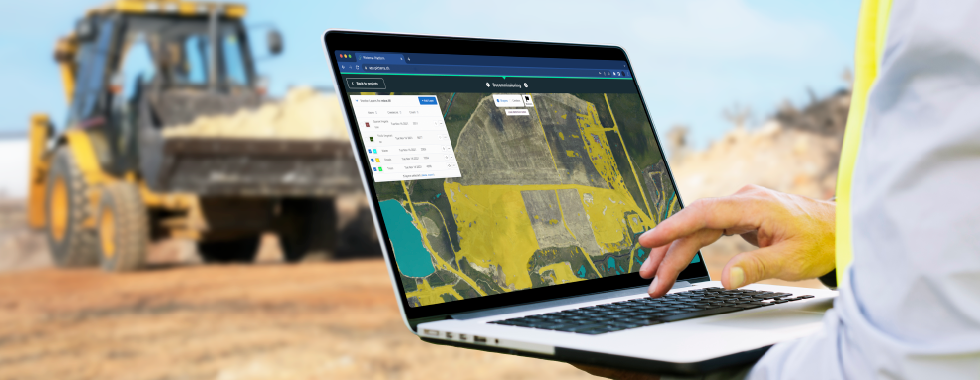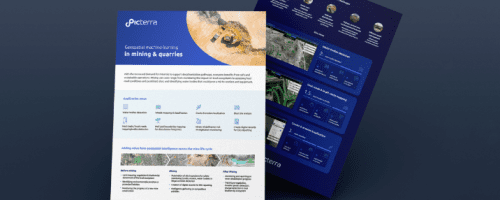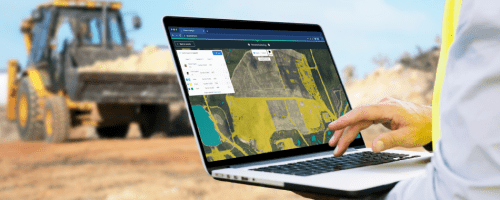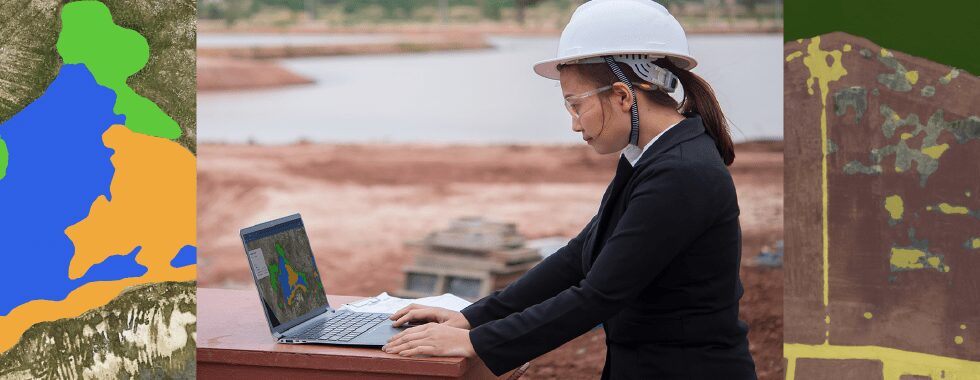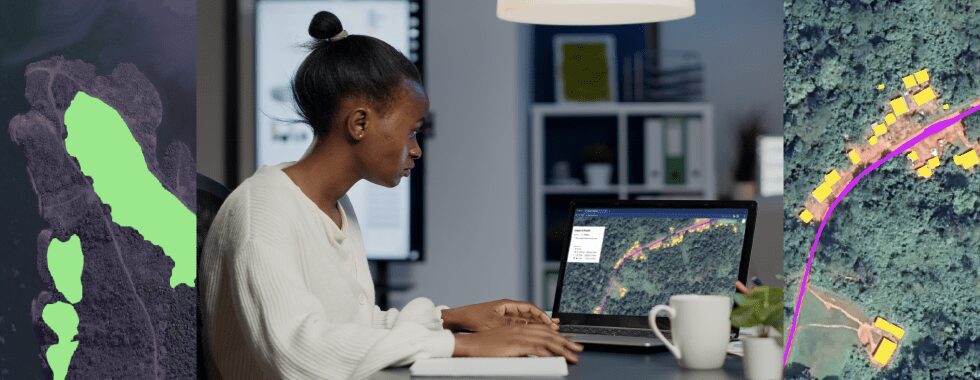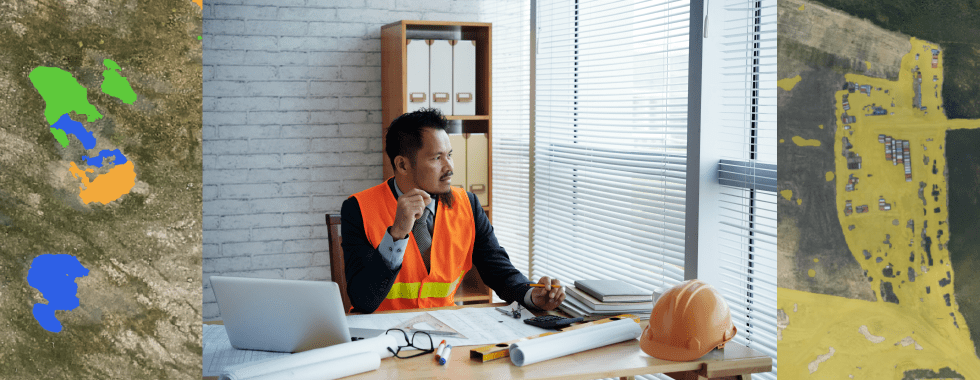Did you know that the effective use of geospatial data analytics in the mining industry can lead to a potential 10-15% reduction in total costs? In an industry as competitive and resource-intensive as mining, every bit of cost reduction is crucial for long-term sustainability and growth. As global demand for minerals rises, mining companies face mounting pressure to optimize operations and reduce environmental impacts.
In this blog post, we will delve into the various challenges the mining industry faces regarding reducing operational costs. We will explore how technology has evolved in this field and discuss today’s most popular mining technologies. In particular, we will focus on geospatial data analytics as a cutting-edge solution to drive cost reduction and improve operational efficiency. Finally, we will explore how data-driven decision-making can help mining businesses streamline their operations and minimize their environmental footprint.
Stay tuned to learn how geospatial data analytics, specifically the solutions provided by Picterra, can revolutionize the mining industry, enabling businesses to minimize costs and maximize productivity while mitigating their environmental impact.
Challenges in mining operations cost reduction
Reducing mining operation costs is a complex task, with several factors influencing these costs. Companies in the industry must navigate challenges such as fluctuating commodity prices, labor expenses, energy consumption, regulatory compliance, and increasing mineral demand while ensuring sustainable practices.
Labor expenses pose a significant challenge, as mining is labor-intensive. Balancing a skilled workforce and controlling labor costs is essential for competitiveness. Moreover, mining processes like drilling, blasting, and ore processing require substantial energy. Rising energy costs and the push for sustainable energy sources complicate cost-reduction efforts.
Want to learn more about how geoAI can be used in mining & quarries?
Equipment maintenance and replacement impact operational efficiency, as mining equipment endures harsh conditions and constant wear and tear. Companies must also adhere to strict environmental and safety regulations, leading to increased operating costs as they invest in new technologies and processes. The scarcity of high-grade mineral deposits requires costly, extensive exploration efforts and sophisticated extraction methods.
Geospatial data analytics, as offered by Picterra, can play a pivotal role in overcoming these challenges. By providing insights into a wide range of factors affecting mining operations, geospatial data analytics enables more informed decisions, optimized resource allocation, and reduced operational costs.
How has technology affected the mining industry?
Technology has had a transformative impact on the mining industry, leading to increased productivity, higher throughput, maintenance optimization, improved safety, and reduced operating costs. By leveraging cutting-edge technologies, mining companies have been able to address many of the challenges they face and remain competitive.
Advanced mining technologies, such as automation and real-time monitoring, have enabled companies to optimize processes, extract more minerals in less time, and minimize downtime. Technological advancements in equipment and process design have facilitated the handling of larger volumes of material, boosting production capabilities.
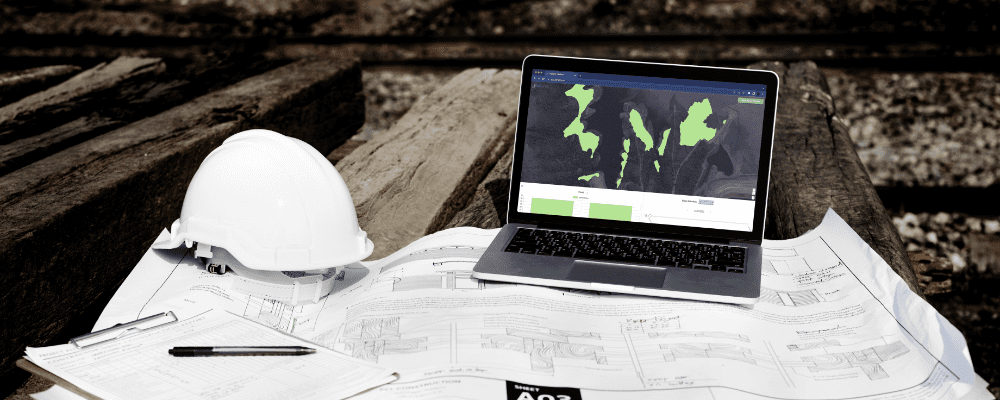
Modern technology has given rise to predictive maintenance techniques, allowing companies to monitor equipment performance and identify potential failures before they occur. This proactive approach extends equipment life and reduces overall maintenance costs. New technologies, such as real-time monitoring, automation, and advanced communication systems, have improved safety standards within the mining industry.
Adopting innovative technologies has led to more efficient and sustainable mining practices. Companies can now minimize energy consumption, reduce waste, and optimize resource utilization, contributing to lower operating costs and a smaller environmental footprint. Overall, technology has revolutionized how businesses in the mining industry operate, enabling them to overcome challenges associated with cost reduction.
What are the most popular mining technologies at the moment?
The mining industry continuously evolves as companies adopt the latest technologies to optimize their operations and remain competitive. Several key innovations are transforming the sector, providing numerous efficiency, safety, and cost-reduction benefits.
Artificial Intelligence (AI) is revolutionizing mining by automating various processes and offering valuable insights from large volumes of data. Automation in mining, such as autonomous haul trucks and remotely operated drilling equipment, improves productivity, enhances safety, and reduces labor costs. GPS and GIS systems enable accurate positioning, real-time monitoring of equipment and personnel, and better resource management.
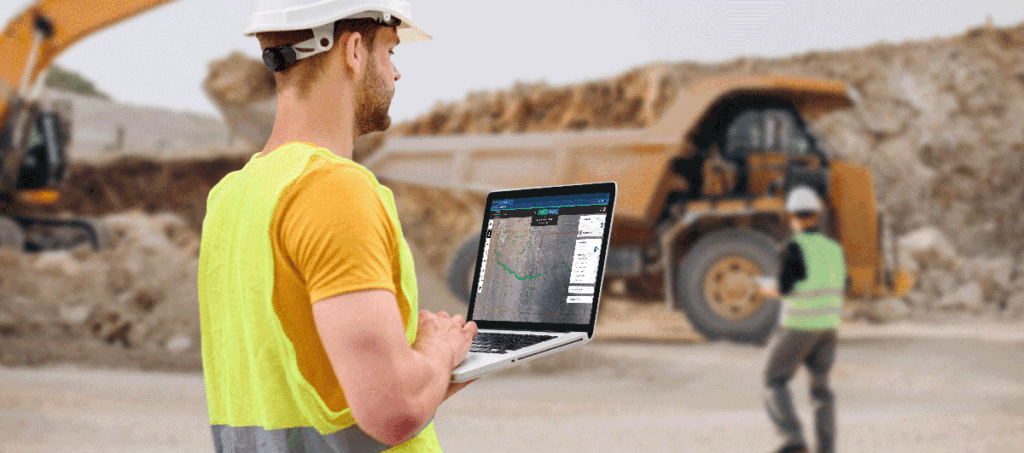
Drones, or Unmanned Aerial Vehicles (UAVs), are increasingly used in mining for surveying, mapping, and monitoring tasks. They offer improved data accuracy, reduced survey time, and safe access to hard-to-reach areas. Spatial data visualization tools help mining companies better understand their operational data in a geographical context, promoting informed decision-making.
Additionally, workforce tracking systems have gained popularity in the mining industry for their ability to improve safety, optimize work processes, and ensure regulatory compliance. Collectively, these technologies play a pivotal role in the digital transformation of the mining industry, contributing to greater operational efficiency and cost reduction.
Understanding geospatial data analytics
Geospatial data, often referred to as spatial data, refers to information about geographic locations and features, representing real-world entities and their relationships in space. This data encompasses coordinates, elevation, distances, and other spatial information that provides insights into the layout and distribution of features on the Earth’s surface.
Geospatial data analytics involves collecting, processing, analyzing, and visualizing spatial data to derive meaningful insights and inform decision-making. Using various tools and techniques, such as Geographic Information Systems (GIS), remote sensing, and spatial analysis, geospatial data analytics helps identify patterns, trends, and relationships within the data.
In the context of mining operations, geospatial data analytics plays a critical role in improving efficiency, reducing costs, and ensuring sustainable practices. With the increasing availability of high-quality spatial data, mining companies can make more informed decisions by analyzing this data and gaining a comprehensive understanding of their operations. Some of the key applications of geospatial data analytics in the mining industry include:
Exploration: Geospatial data analytics can help identify promising areas for mineral exploration by analyzing various geophysical, geochemical, and geological data sets. This reduces the time and resources spent on exploration efforts while increasing the likelihood of finding valuable deposits.
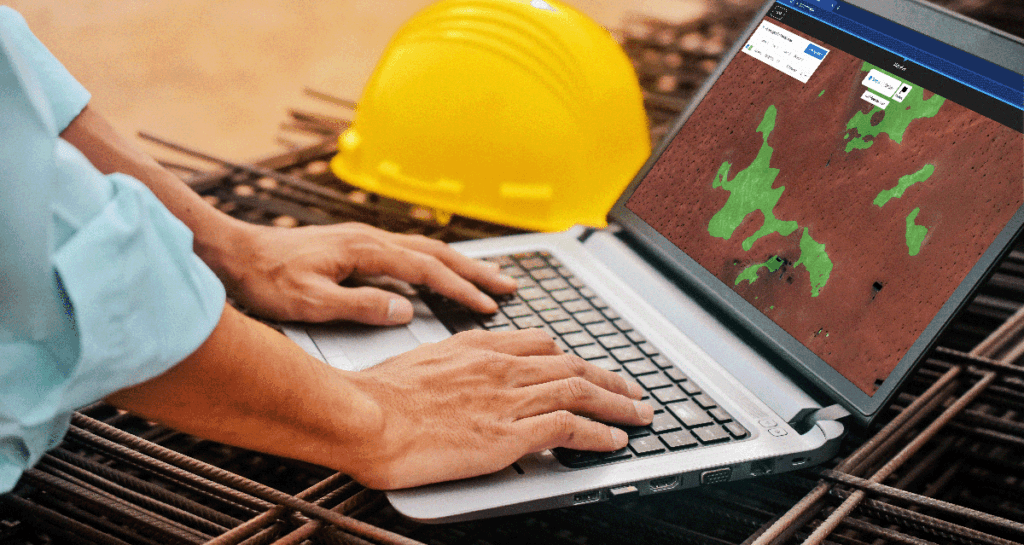
Mine planning: By integrating geospatial data with mine planning software, companies can create accurate and detailed mine plans that take into account factors such as terrain, infrastructure, and environmental considerations. This approach optimizes mine design and maximizes resource utilization.
Environmental impact assessment: Geospatial data analytics enables mining companies to assess the potential environmental impacts of their operations, helping them comply with regulations and minimize the ecological footprint of their activities.
Operational efficiency: Analyzing spatial data can reveal opportunities for operational improvements, such as optimizing haul routes, minimizing waste, and reducing energy consumption. These insights contribute to cost reduction and increased overall efficiency.
In summary, geospatial data analytics is a powerful tool in the mining industry, providing valuable insights that drive data-driven decision-making and contribute to more efficient, sustainable, and cost-effective operations.
Geospatial data analytics in mining operations cost reduction
Geospatial data analytics can significantly contribute to cost reduction in mining operations by providing valuable insights that enable data-driven decision-making and process optimization. Through spatial data analysis, mining companies can identify opportunities to streamline operations, maximize resource utilization, and reduce expenses. Here, we discuss specific use cases and benefits of geospatial data analytics in mining operations cost reduction.
Use Cases
Resource optimization: By analyzing spatial data, mining companies can optimize resource allocation and scheduling, resulting in lower operational costs. For example, geospatial data analytics can help determine the most efficient haul routes, reducing fuel consumption and transportation costs.
Predictive maintenance: Geospatial data analytics can be combined with machine learning algorithms to predict equipment failure and optimize maintenance schedules. This proactive approach minimizes downtime, extends equipment life, and reduces overall maintenance costs.
Exploration targeting: Geospatial data analytics can enhance mineral exploration efforts by analyzing various geophysical, geochemical, and geological datasets. This targeted approach reduces the time and resources spent on exploration, ultimately lowering exploration costs and increasing the likelihood of finding valuable deposits.
Environmental monitoring: By leveraging remote sensing and geospatial data analytics, mining companies can monitor and assess the environmental impact of their operations, ensuring compliance with regulations and avoiding costly fines.

Benefits
Improved decision-making: Geospatial data analytics provides mining companies with insights that drive data-driven decision-making, leading to more efficient and cost-effective operations.
Enhanced operational efficiency: The use of geospatial data analytics enables companies to identify areas of improvement, streamline processes, and optimize resource utilization, contributing to cost reduction and increased overall efficiency.
Reduced risk: Geospatial data analytics helps mining companies identify potential risks and challenges, allowing them to proactively address issues and avoid costly setbacks.
Sustainability: By promoting more efficient, environmentally friendly practices, geospatial data analytics can contribute to the long-term sustainability of mining operations.
By harnessing the power of geospatial data analytics, mining companies can overcome many of the challenges they face, optimizing their operations and reducing costs. By providing valuable insights and enabling data-driven decision-making, geospatial data analytics has become an indispensable tool for the mining industry.
Data-driven decision making
Data-driven decision-making is the process of making informed choices and strategic decisions based on the analysis of relevant data. This approach allows organizations to minimize uncertainties and biases, ultimately leading to more effective, objective, and confident decision-making.
In the context of mining operations, data-driven decision-making is crucial for maximizing efficiency, productivity, and profitability while minimizing costs and risks. The mining industry faces numerous challenges, such as fluctuating commodity prices, increasing regulatory requirements, and the growing demand for sustainable practices. Data-driven decision-making enables mining companies to navigate these challenges more effectively by providing actionable insights based on reliable data.
Geospatial data analytics plays a vital role in improving data-driven decision-making within mining operations. By analyzing spatial data and uncovering patterns, trends, and relationships, geospatial data analytics allows mining companies to make more informed decisions regarding various aspects of their operations, including exploration, mine planning, resource allocation, and environmental monitoring.
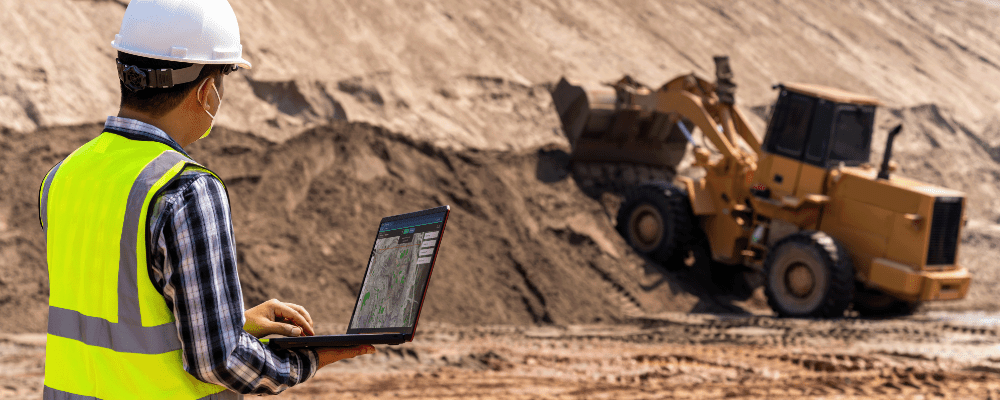
For instance, geospatial data analytics can enhance mineral exploration efforts by guiding companies toward promising areas for further investigation based on the analysis of geophysical, geochemical, and geological datasets. In addition, spatial data can be integrated with mine planning software to optimize mine planning and design, taking into account factors such as terrain, infrastructure, and environmental constraints.
Geospatial data analytics also helps streamline operations by identifying opportunities for process improvements. This might involve optimizing haul routes to reduce fuel consumption and transportation costs or finding ways to minimize waste and improve resource utilization. Moreover, monitoring and managing the environmental impact of mining operations becomes more manageable with the insights gained from geospatial data analytics, ensuring compliance with regulations and promoting sustainable practices.
In summary, data-driven decision-making is essential in today’s mining industry, allowing companies to tackle various challenges and optimize their operations. Geospatial data analytics significantly contributes to this process by providing valuable insights derived from spatial data, ultimately leading to cost reduction, improved efficiency, and sustainable mining practices.
Final words
In conclusion, minimizing mining operation costs is crucial for staying competitive and ensuring long-term sustainability. Geospatial data analytics plays a key role in achieving this goal by driving data-driven decision-making and providing valuable insights into various aspects of mining operations.
Picterra, a leading geospatial data analytics platform, empowers mining companies to harness the full potential of spatial data, helping them optimize processes, enhance efficiency, and reduce costs. By utilizing Picterra‘s cutting-edge solutions, mining companies can pave the way toward a more profitable and sustainable future for the industry.
